
 12
12




 )
)
 29
29




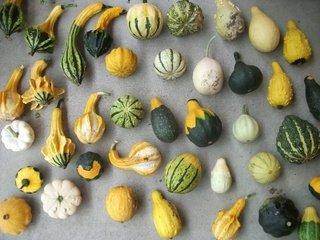
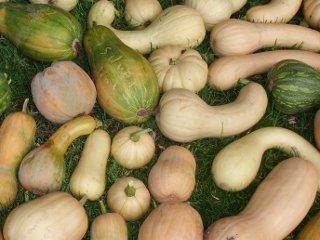
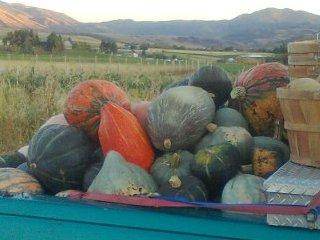
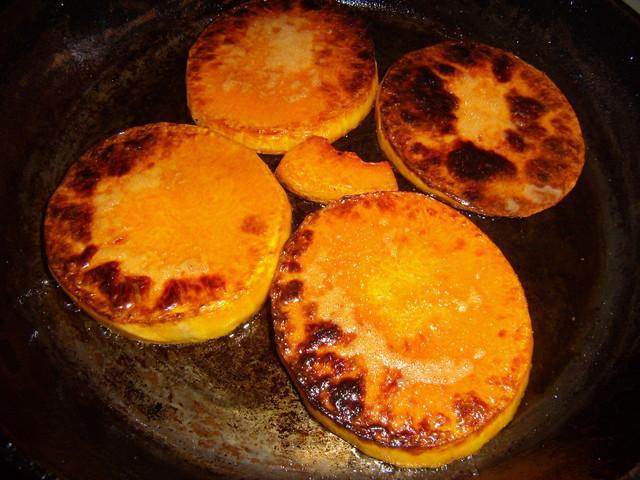
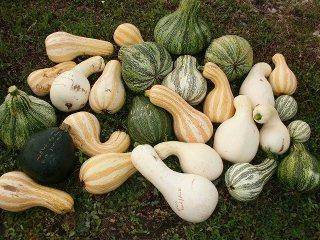
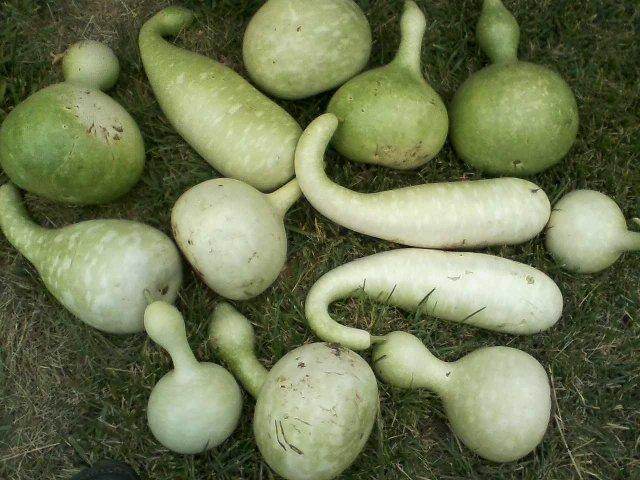
 5
5




Joseph Lofthouse wrote:
My preferred method of cooking winter squash, is to cut them in 5/8" thick slices and sautee them in bacon fat or coconut oil. Mmm. Mmm. Mmm. The same idea can be done in an oven...

 15
15




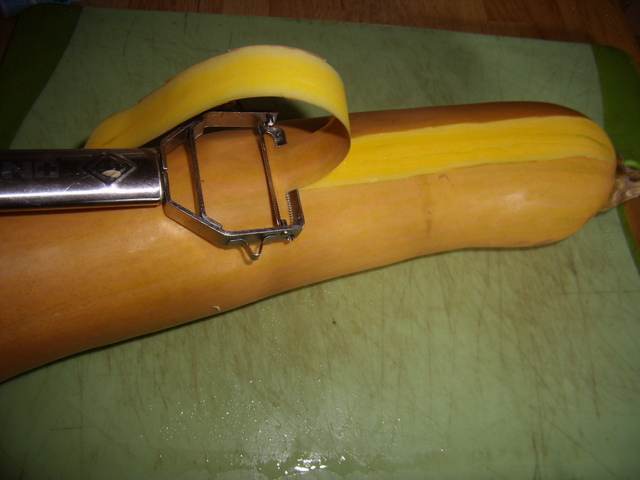
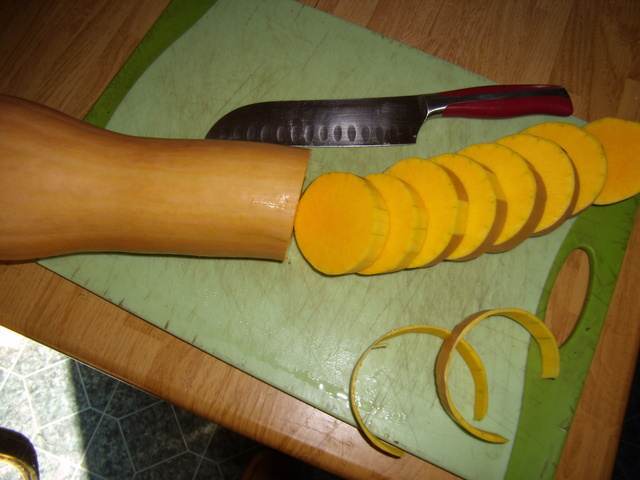
 7
7





Best luck: satisfaction
Greatest curse, greed
 6
6






 12
12




Hans Albert Quistorff, LMT projects on permies Hans Massage Qberry Farm magnet therapy gmail hquistorff
 1
1




 3
3




Hans Quistorff wrote:You may be looking for alternative flour. I raise hull less seed pumpkins and dehydrate the flesh to make pumpkin flour. Sliced 14 inch thick or french fry shape they dry to 1/16th inch and can be whized into flour as needed in a coffee mill or blender. The slices can also be seasoned with pumpkin pie spice and eaten as chips.
Each time I open one [they average 15 pounds] I dehydrate what I don't use immediately and by spring I have that stash to eat until the next harvest.
 1
1




 7
7




Pecan Media: food forestry and forest garden ebooks
Now available: The Native Persimmon (centennial edition)







 8
8




darien payne wrote:
Hans Quistorff wrote:You may be looking for alternative flour. I raise hull less seed pumpkins and dehydrate the flesh to make pumpkin flour. Sliced 14 inch thick or french fry shape they dry to 1/16th inch and can be whized into flour as needed in a coffee mill or blender. The slices can also be seasoned with pumpkin pie spice and eaten as chips.
Each time I open one [they average 15 pounds] I dehydrate what I don't use immediately and by spring I have that stash to eat until the next harvest.
Do you dehydrate the raw squash? Last year I dehydrated lots of winter squash but my recipe from the Excalibur dehydrator book recommended par-boiling it. It was very time consuming as well as energy intensive. I'd prefer dehydrating it raw if it works. I don't think that my squash is quite dry enough to turn into powder/flour either.
Hans Albert Quistorff, LMT projects on permies Hans Massage Qberry Farm magnet therapy gmail hquistorff
 13
13




 2
2




Nicole Alderman wrote:Both my husband and I grew up never eating (or knowing about) any winter squash that wasn't pumpkin...and pumpkin was only consumed in seed or pie form! But, my husband just got diagnosed with Crohn's disease, and he's started on the Specific Carbohydrate Diet (also known as SCD or GAPS) so suddenly our diet has come to include a lot more squash... and I honestly know very little about winter squashes!
BUT, I know many of you know a lot about winter squashes! I've seen some really cool posts about how awesome they are. So, what's your favorite types of squash? What do you use them for? Are there more energy-efficient ways of cooking them other than baking a ton in the oven at once?
Here's a place to talk about your favorite winter squashes and recipes for them! (And for me to soak up all your knowledge)
"Be kind, because everyone you meet is fighting a hard battle." --John Watson (Ian McClaren)
 4
4




Pecan Media: food forestry and forest garden ebooks
Now available: The Native Persimmon (centennial edition)
 7
7








Best luck: satisfaction
Greatest curse, greed
 6
6




 2
2




 4
4




S Tonin wrote:Moyra, how long do you let the seeds sprout before roasting? I really like powdered roasted lentil sprouts in breads and soups, so I'm definitely going to have to try this.
 2
2




"Be kind, because everyone you meet is fighting a hard battle." --John Watson (Ian McClaren)
 1
1




 2
2











 2
2




Simone Gar wrote:On the peeling... I do love the red kuri because I don't have to peel. Which other ones can be eaten without peeling? Just to explain what I do with the red kuri: I cut it into chunks, rub spices all over them and roast them in the oven until soft. Then puree and make soup. I am looking for more as I haven't been successful to grow kuri yet and they don't sell these much here. Usually one store get's one mixed organic squash delivery and 1/10 is red kuri or so. Expensive and hard to find so I need an alternative until I can grow them in masses myself.
Hans Albert Quistorff, LMT projects on permies Hans Massage Qberry Farm magnet therapy gmail hquistorff
 2
2




Hans Quistorff wrote:
I had not herd of this variety before but it sounds like it is ideal for your zone according to the reviews on the seed company websites. Seems like it is one you could plant in a compost bin and let it cover your house for summer shade.
As for a substitute most any squash can be prepared as you describe except it must be scooped off of the skin before being pureed. If the organic squash delivery includes delcotto I would try that it has been the favorite in our co-op.
I usually don't want to heat up the oven so I just cut them in half and put them in the microwave for 10 minutes and then scoop the flesh out.




 4
4










 10
10





"Also, just as you want men to do to you, do the same way to them" (Luke 6:31)
 1
1




 1
1




Inge Leonora-den Ouden wrote:Nice to have so many new recipes for squash or pumpkin! I have only one species, the orange Japanese pumpkin type. That's the one that grows best in my region. This year I had some 'volunteer' plants, coming from seeds hided in the compost. The plants climbed up to about 6 ft (together with the kiwi plant). This pumpkin grew high up there!
 2
2





Living in Anjou , France,
For the many not for the few
http://www.permies.com/t/80/31583/projects/Permie-Pennies-France#330873
 7
7




Nicole Alderman wrote:So, what's your favorite types of squash? What do you use them for? Are there more energy-efficient ways of cooking them other than baking a ton in the oven at once?
Here's a place to talk about your favorite winter squashes and recipes for them! (And for me to soak up all your knowledge)
 Sometimes I just eat it like pickle slices. I am considering trying this with winter squash, but suspect it may be too tough. (Yellow squash gets pretty soft quickly; zucchini has worked best although also softer than cucumbers.)
Sometimes I just eat it like pickle slices. I am considering trying this with winter squash, but suspect it may be too tough. (Yellow squash gets pretty soft quickly; zucchini has worked best although also softer than cucumbers.)

Gail Gardner @GrowMap
Small Business Marketing Strategist, lived on an organic farm in SE Oklahoma, but moved where I can plant more trees.

 10
10




Autumn Spice Oil
Makes 1 cup
4 star anise
1/2 tablespoon juniper berries
1 tablespoon plus 1 teaspoon cardamom
1 teaspoon allspice
1 medium cinnamon stick, crushed, or 1 teaspoon ground cinnamon
1 teaspoon whole cloves
1/3 vanilla bean, split lengthwise, seeds scraped
2 pieces dried orange peel, optional
1 cup mild olive oil
Put the star anise, juniper berries, cardamom, allspice, cinnamon, and cloves in an 8-inch saute pan and toast over medium heat, shaking constantly, until fragrant, 2 to 3 minutes. Remove the pan from the heat and let cool. Transfer the spices to a spice or coffee grinder and pulse for a few seconds. Transfer the spices to a bowl, add the vanilla bean and orange peel, if using, and set aside. Pour the oil into a small pot and heat it over medium-low heat until warm. Pour the oil over the spices and vanilla. Cover and let infuse at room temperature for 24 hours, periodically mixing the bowl. Strain spice mixture. Cover and keep at room temperature for up to 2 weeks or refrigerate for up to 1 month.
Drizzle this over the Vanilla Mashed Winter Squash or on top of a winter squash soup.
QuickBooks set up and Bookkeeping for Small Businesses and Farms - jocelyncampbell.com
 5
5




To lead a tranquil life, mind your own business and work with your hands.
 6
6




Sourdough Without Fail Natural Small Batch Cheesemaking A Year in an Off-Grid Kitchen Backyard Dairy Goats My website @NourishingPermaculture @KateDownham










Hans Quistorff wrote:You may be looking for alternative flour. I raise hull less seed pumpkins and dehydrate the flesh to make pumpkin flour. Sliced 14 inch thick or french fry shape they dry to 1/16th inch and can be whized into flour as needed in a coffee mill or blender. The slices can also be seasoned with pumpkin pie spice and eaten as chips.
Each time I open one [they average 15 pounds] I dehydrate what I don't use immediately and by spring I have that stash to eat until the next harvest.
 4
4




Lina
https://catsandcardamom.com
 3
3







 6
6




Praying my way through the day
 2
2




Jerry McIntire wrote: But when delicata are fresh, their soft skin makes them easy to eat as a squash pancake.

|
Put the moon back where you found it! We need it for tides and poetry and stuff. Like this tiny ad:
The new kickstarter is now live!
https://www.kickstarter.com/projects/paulwheaton/garden-cards
|









